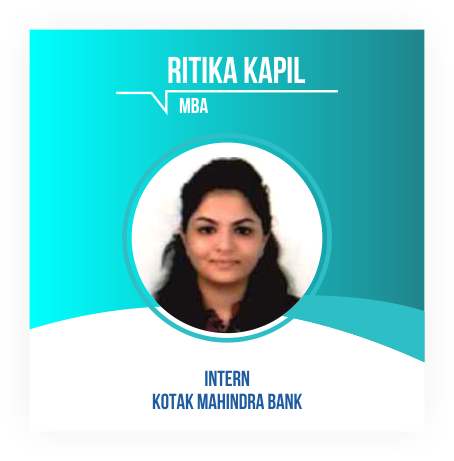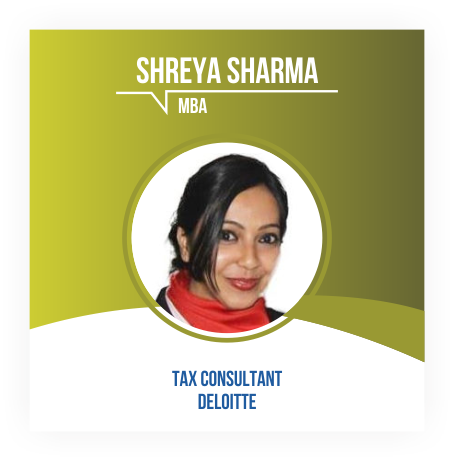
Best Financial Modelling Course in Indore
.png)
Course Introduction
Introduction
The financial modeling course is a very in-demand certification in the finance & investment industry. Candidates with good command over financial modeling skills get comparatively higher pay packages and better job profiles.
This Financial Modeling course will teach candidates to:
create financial models from scratch,
analyze the company’s financial statements,
apply various valuation methodologies used for private & public company valuation,
prepare different kinds of research reports,
and gain a command of fundamental to advanced ms excel.
The knowledge gained in this financial modeling course will prepare candidates for the various finance jobs, clearing NISM Series XV: Research Analyst Certification Examination, apply the fundamental approach of equity investing used by Institutional Investors like FIIs, MFs, Insurance Companies, and many more.
Course Details
Details
Working with worksheet: Adding and Deleting row & column, selecting multiple cells, jumping between cells, editing cell data, moving between worksheet, Fit column width, Hide and Unhide row & column
Tabs: Home, Insert, Page Layout, Formulas, Data, Review and View
Functions: Mathematical and Statistical Functions, Text Function, Financial Functions, Logical Functions and Date & Time Functions (Including advance functions like Vlookup, Hlookup, Amortization schedule, NPV, IRR, Concatenate, Sum if, PMT and many more..)
Some Special Functions: Paste special, What If Analysis, Pivot Table, Hyperlink, Charts, Conditional Formatting, Data validation, Protect sheet & workbook, Absolute & Relative referencing and Freeze Panes
Financial Statements Preparation: P&L account, Balance sheet and Cash flow statements
Sector specific revenue model and Balance sheet characteristics
Analysis: Revenue model, COGS, SG&A, Fixed cost, Tax and Profitability analysis
Ratios: Activity, Solvency, Liquidity, Profitability, Valuation ratios, Du point analysis, and Common size statement analysis
Valuation methodology of financial elements: Historical, Replacement cost, Realization, Fair & Present value
Data Gathering: Directors report, Auditors report, Schedule & Notes to the account ,Qtly results ,Investor presentation, Company updates & filing, and concall script
Sector Analysis: Peer comparison, Industry data, and Porters five forces
Top to Bottom Approach: Economy - Industry – Company
Economic Variables: GDP, Monetary & Fiscal policy, Inflation, Interest Rate, and Unemployment
Economy: India, US, China, Japan, UK, Germany, France, and European Union
Forecasting Approach: Top to Bottom, Bottom to Top and Hybrid Approach
Forecasting: Integrated Financial Model,
Revenue Build Up: Segmental analysis, geographical analysis, growth assumptions
Cost Build Up: COGS and SG&A model, Depreciation & Interest cost forecasting and Tax calculation
Asset Schedule: Capex and Capitalization forecast, Gross block, Accumulated depreciation and Capital WIP forecast
Debt Schedule: Expected debt equity structure, Net debt schedule
Basics: Time Value of Money, Opportunity Cost, Risk Free Rate, , Alpha, Cost of equity , CAPM and The Beta
Cost of Equity Methods:
Capital asset pricing model, Risk free rate, Beta, and Equity Risk Premium calculation
Dividend discount model: sustainable growth rate calculation
Bond yield plus risk premium approach
Relative Valuation Technique: Price -to-Earning (P/E) Ratio, Price -to-Book value (P/B) Ratio, EV/EBITDA
Absolute Valuation Technique: Free Cash Flow to Firm (FCFF), Free Cash Flow to Equity (FCFE),Dividend
Discount Model (DDM), Gordon Growth Model (GGM), Single and Multi Stage Model
Types of report: Initiating coverage report, Result update, Sector report, Thematic report
Effective report writing
Career Opportunities
Opportunities

Equity Research

Credit Research

Credit Rating

Data Research

Company Valuation

Financial Analysis

Investment Banking

Portfolio Management

Private Equity

And many more
 2 Months Duration
2 Months Duration  100% Practical Training
100% Practical Training  Study Material
Study Material  Live Projects
Live Projects  Placement Assistance
Placement Assistance  Internship
Internship  Internship
Internship  Faculty
Faculty  Back-Up Class
Back-Up Class  2 Months Duration
2 Months Duration  100% Practical Training
100% Practical Training  Study Material
Study Material  Live Projects
Live Projects  Placement Assistance
Placement Assistance  Faculty
Faculty  Back-Up Class
Back-Up Class  Training Day's
Training Day's 






















